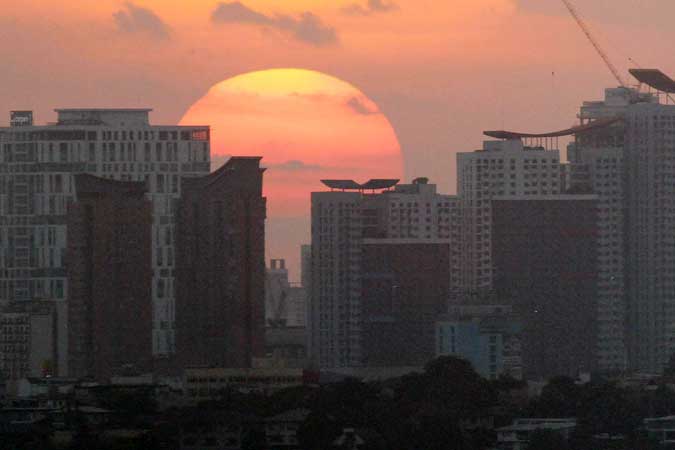THE GOVERNMENT should reconsider its strategy of fiscal prudence and put less importance on the rising debt level, while ramping up spending for its pandemic response and to spur economic recovery, analysts said.
“The fiscal prudence is evident in the data on government debt data. But this is not a time for prudence. This is the time to take advantage of the fiscal space that a government has,” Steven Cochrane, chief Asia-Pacific economist at Moody’s Analytics, said in an e-mail to BusinessWorld.
The Philippine economy shrank by 4.2% in the first quarter, while the debt stock jumped 27% year on year to P10.774 trillion as of end-March. This pushed the debt-to-gross domestic product (GDP) ratio to 60.4%, a little beyond the 60% considered by ratings agencies as manageable debt level.
While the debt-to-GDP ratio inched up, Mr. Cochrane said this was still below the emerging market average as of end-2020 and rose at a slower pace than other emerging countries.
“The Philippines’ moderate exposure to debt — as measured by the debt-to-GDP ratio — at this time means that the Philippines has the capability to tap resources to both deliver vaccines and support suffering industries,” Mr. Cochrane said.
“Government can best focus its fiscal support for the economy during this pandemic recovery by acquiring and distributing vaccines in a rapid and efficient manner, and by supporting the industries, small enterprises and workers most hurt by the pandemic so that they can quickly recover when quarantines are lifted,” he added.
ING Bank NV-Manila Senior Economist Nicholas Antonio T. Mapa said “fiscal prudence” should be reassessed as the economy continues to shrink while debt increases.
“Although the Philippines continues to safeguard its fiscal sustainability by having the majority of its debt with longer tenors and fixed rates, fiscal authorities are likely not comfortable as the ‘deficit in the room’ threatens to grow even more,” Mr. Mapa said in a note.
The first-quarter budget deficit surged more than four times to P321.5 billion from the P86.2-billion shortfall in the same period of 2020.
“Apparently, the strategy to withhold spending in a bid to limit the rise of the debt-to-GDP ratio has not worked out so well and perhaps we need a change in strategy,” Mr. Mapa said.
He noted backers of a “bazooka-type recovery plan” admit this would cause the deficit to further balloon, but its impact on economic growth would be worth it.
“And although this strategy may have its skeptics, what we are sure of is that rising debt-to-GDP ratios and below-average GDP performance will surely get the attention of the Big-3 and leave the Philippines susceptible to a revision of the country’s outlook or even a downright credit rating downgrade if the ratio stays above 60% for an extended period of time. The deficit is in the room and will likely need to be addressed effectively, possibly with a change in strategy at the soonest,” Mr. Mapa said.
The government projects the budget deficit to hit 8.9% of the economy this year. Finance Secretary Carlos G. Dominguez, III said they are eyeing to bring back the fiscal deficit to the pre-pandemic levels of 3.5% to 4% by 2022, mainly through revenues and a strong economic rebound.
The government is still hoping for GDP to grow by 6.5% to 7.5% this year, although analysts have warned of uncertainties due to the infection surge and the slow vaccination pace.
“The economy will have to recover before the debt ratio can improve significantly,” Mr. Cochrane said. — Luz Wendy T. Noble

